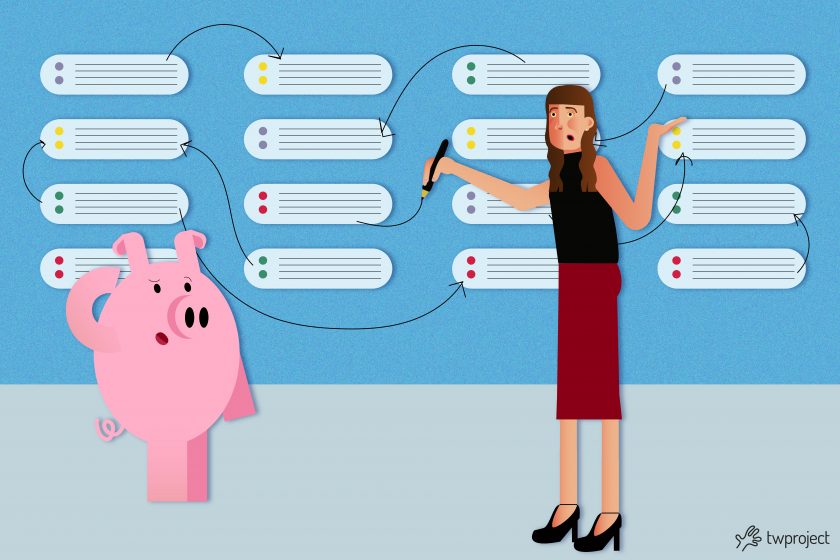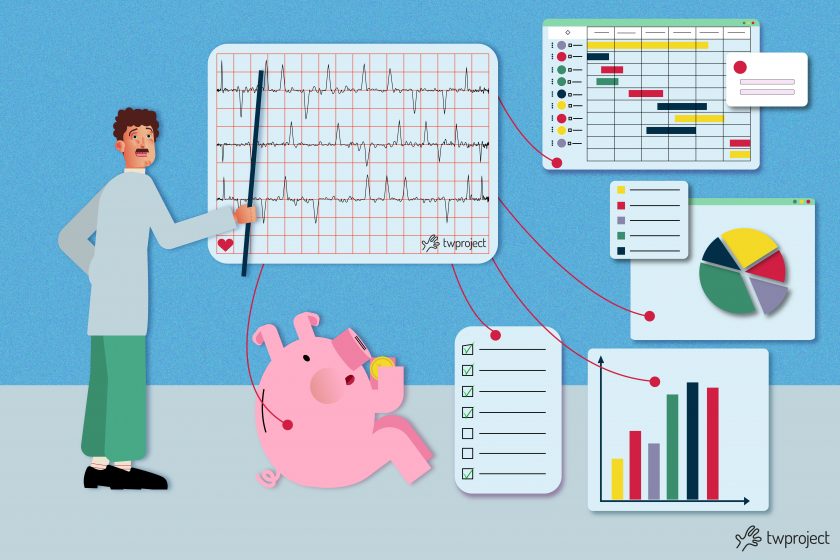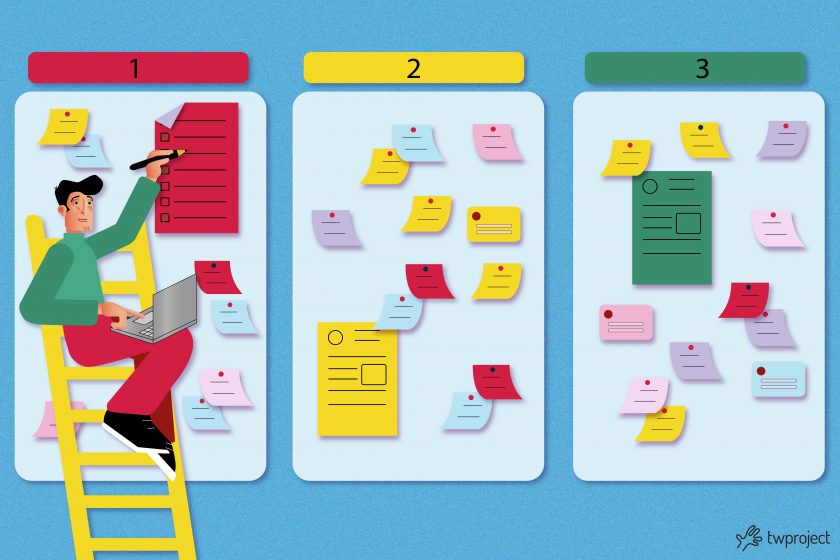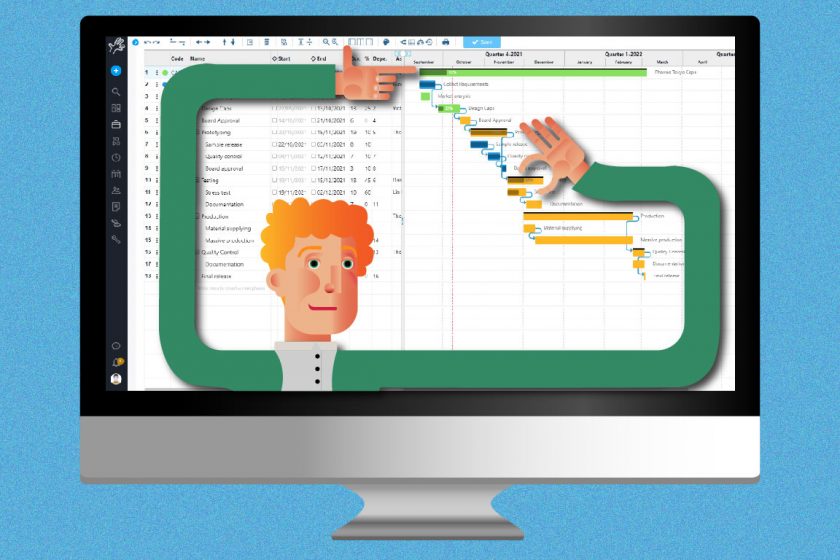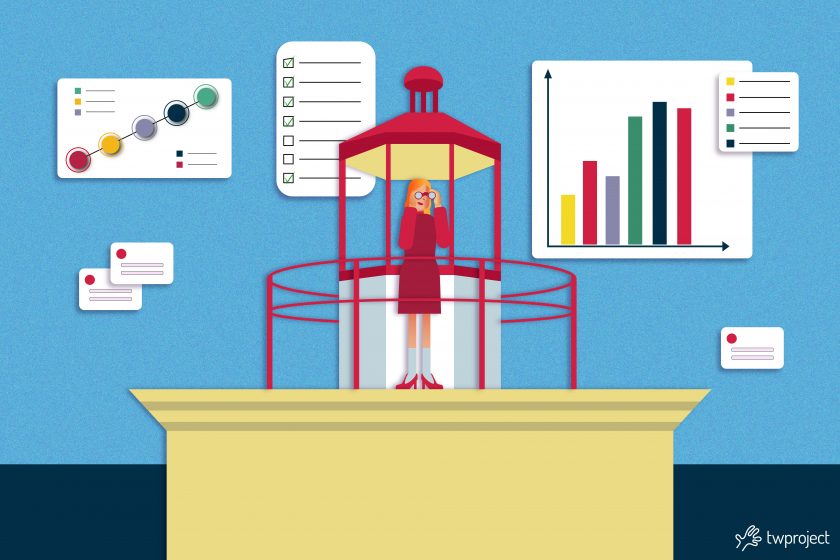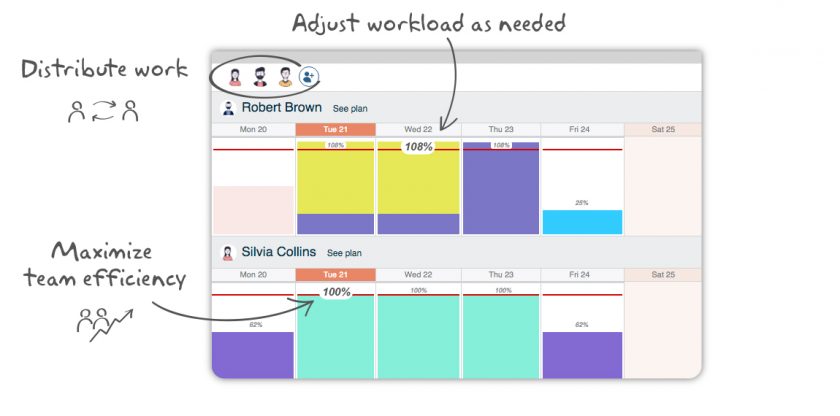-
The Deming Cycle (PDCA) and the constant improvement of quality
Analizing the quality and trying to improve it, is probably the main purpose behind the continuous improvement of business processes. This philosophy of process improvement comes from a very important person, William Edwards Deming, a statistician, often defined as a philosopher of science. TABLE OF CONTENT What is the Deming Cycle The phases of the … Continue reading "The Deming Cycle (PDCA) and the constant improvement of quality"
-
Project status meetings: what to monitor to make them work!
To know the progress of the project status at any time is one of the main responsibilities of a project manager. To this end, project status meetings become a fundamental tool throughout the project life cycle. Unfortunately, however, too often, these appointments turn into a waste of time losing sight of the objectives of the … Continue reading "Project status meetings: what to monitor to make them work!"
-
Managing activities stress-free: strategies for PMs and teams
Managing activities and projects can be very stressful. Project managers are responsible for delivering projects on time, within budget, and on schedule and for managing limited resources. High-stress levels can affect an individual’s cognitive and behavioral performance. This is why stress management for PMs and their teams becomes critical. So, let’s look at the strategies … Continue reading "Managing activities stress-free: strategies for PMs and teams"
-
RACI matrix: what needs to be done and by whom
The RACI matrix is a very important tool that can help in the implementation and proper functioning of a process. This matrix is mainly used to coordinate human resources within a process. TABLE OF CONTENT What does RACI mean? Rules for using a RACI matrix One responsible person Communication with the people consulted Inform informed … Continue reading "RACI matrix: what needs to be done and by whom"
-
Developing a project: are you sure you are doing it the right way?
Developing a project the right way is the key to success. Poor planning is the same as cooking with the wrong recipe. Particularly when you want to achieve something that no one has done before, you must pay full attention to your project development, not just its management. This article will explain exactly how to … Continue reading "Developing a project: are you sure you are doing it the right way?"
-
Statement of Work (S.O.W.): objectives and project work
A Statement of Work (aka S.O.W.), is one of the most important documents in project management as it outlines everything that must be part of a project. CONTENTS What is a Statement of Work? When is a SOW needed? When should the SOW be drafted? What is included in the Statement of Work? Project management … Continue reading "Statement of Work (S.O.W.): objectives and project work"
-
Scrum with Twproject for SEO & Digital Marketing
We recently read a very interesting post about how to use Scrum methodology in a SEO & Digital Marketing Team. The post has been written by Marcus Miller (@marcusbowlerhat) and you can read it here: Using agile project management for SEO & digital marketing This post gives me the idea to write a new one … Continue reading "Scrum with Twproject for SEO & Digital Marketing"
-
Monitoring tools in a project
Monitoring tools in a project are central to ensuring that activities run smoothly and as planned. Project monitoring consists of several steps to monitor schedule, resources, and costs accurately. Let’s look deeper into this article to understand what this is all about. CONTENT What is project monitoring? Why is project monitoring important? Project monitoring phases … Continue reading "Monitoring tools in a project"
-
How to prioritize with the Eisenhower Matrix
In our hectic routine, we often find ourselves overwhelmed with tasks and deadlines, feeling we lack time for everything. A problem that we often experience is poor prioritization. Having many things to do does not mean being productive. Therefore, knowing how to prioritize effectively and focusing on what is really important and urgent is critical. … Continue reading "How to prioritize with the Eisenhower Matrix"
-
Enterprise and project management software
Why should we talk about an enterprise project management software and not simply about a project management software? It is very simple… they are not the same thing! We will see later the features of an EPM software, but for the moment let’s just say that there are many softwares that allow to follow a … Continue reading "Enterprise and project management software"
-
The best Gantt chart on the market: Twproject
If you are looking for the best Gantt chart out there, we strongly suggest you to take a closer look at at this article. CONTENT What is a Gantt chart? What are the advantages of a Gantt chart? 1. Project status overview 2. Team communication improvement 3. See overlapping activities and dependencies 4. Increased remote … Continue reading "The best Gantt chart on the market: Twproject"
-
Master your project with impeccable management control
Many elements are in place to ensure success in a project, one of which is management control. This aids project monitoring according to the upstream planning and enables the project manager to examine the project’s objectives, tasks, and resources. In this article, we will examine what impeccable management control means and how best to achieve … Continue reading "Master your project with impeccable management control"
-
Project tangible and intangible benefits
Tangible and intangible benefits are crucial to launch any project. Usually, the tangible benefits are mostly considered when evaluating a project, but there can also be several intangible benefits. CONTENT What’s the difference between tangible and intangible benefits? Tangible benefits Revenue increase Resource cost savings Increased productivity Tangible benefits Process improvement Intangible benefits Organizational strategy … Continue reading "Project tangible and intangible benefits"
-
How a project brief can save your project
A project brief is a crucial document to communicate the project’s main objectives so that everyone understands what they are supposed to do. Projects don’t just pop up. There is a lot of work to be done before they are approved, and once they are greenlit, even more planning and detail are required. Therefore, this … Continue reading "How a project brief can save your project"
-
Projects and workload: what you need to know
In project management, evaluating the workload that insists over the resources shoulders plays a fundamental role for the project Happy Ending. In an ideal world where you work with infinite resources, projects are always in-time. CONTENT Duration and effort in workload: which is the difference? Project activities Routine Activities: Do you work eight hours a … Continue reading "Projects and workload: what you need to know"
Project management
Choose the category you are interested in:
AgileComparisonCost managementPm expertProduct updatesProductivityProject managementResource managementTime managementUsage tips





